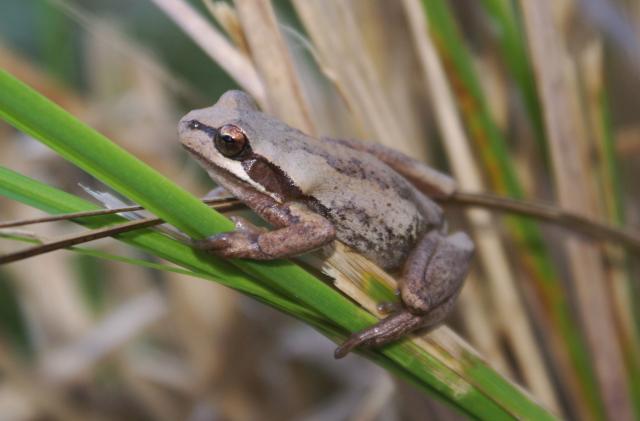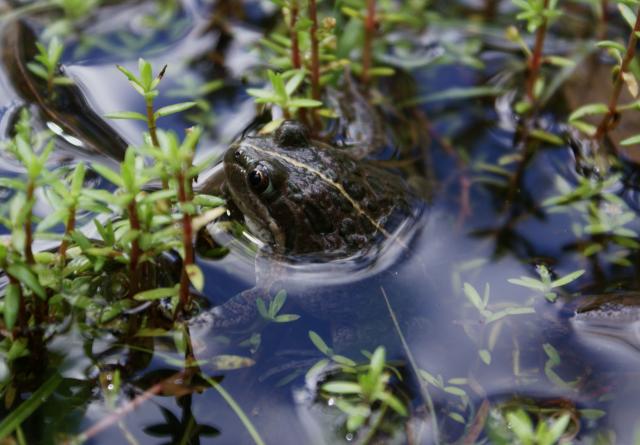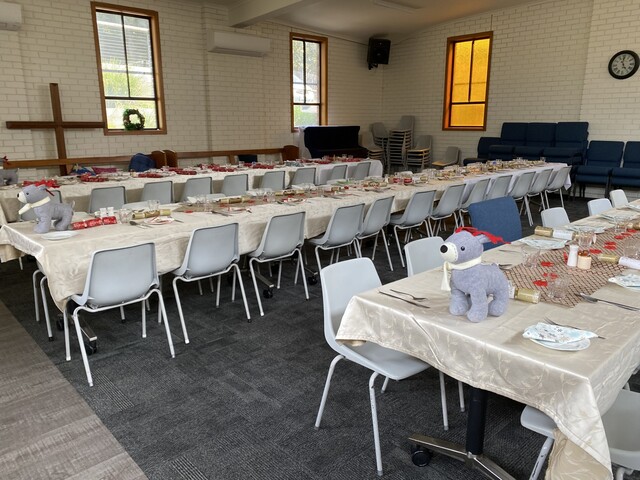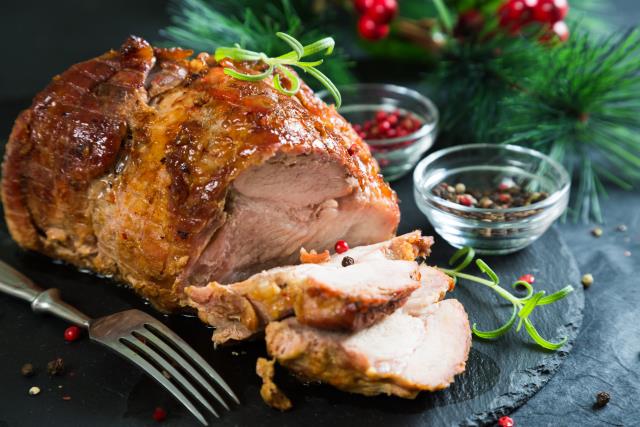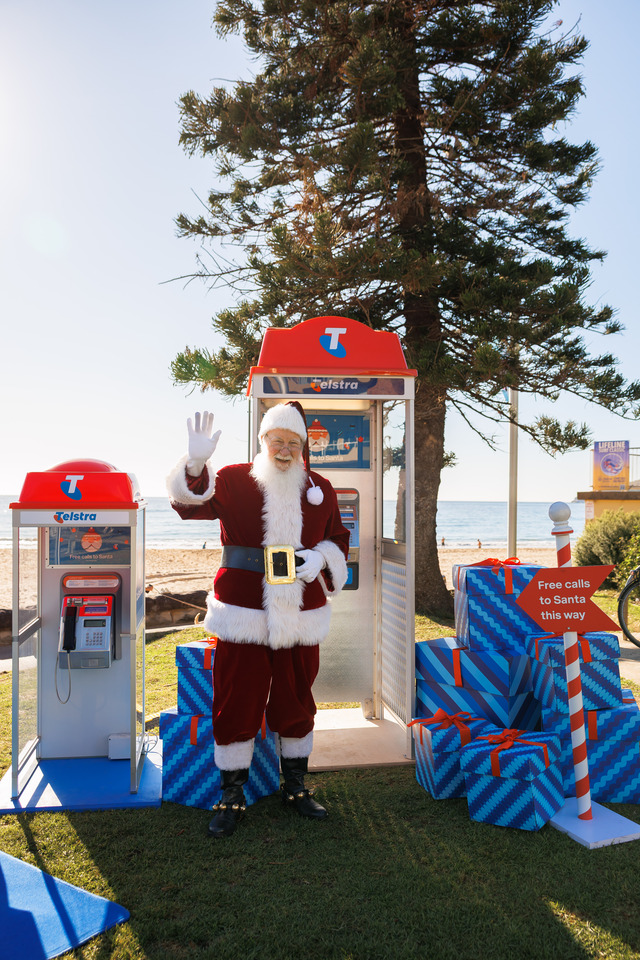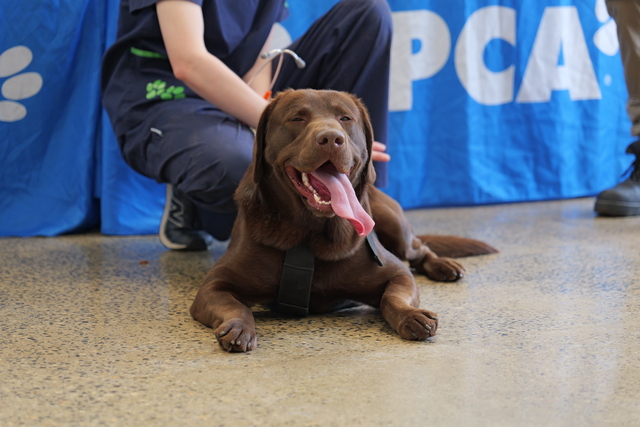Preserving our Valley’s ecosystems is becoming more of a focus with the effects of global warming remaining ever-present.
Each year throughout the seasons Melbourne Water puts out a call to the community to record frog calls in an effort to preserve wetland ecology and learn about local ecosystems.
This annual frog census took place this November, with a multitude of volunteers contributing to the records.
Environmental Consultant and Local frog Guru David De Angelis has been engaged by Melbourne Water to lead some of the community engagement and citizen science events related to the frog census.
Mr De Angelis said, “I was initially involved in the frog census as a volunteer. But in the last few years through my career as an environmental consultant I have been engaged by Melbourne water among a few other frog experts.”
Melbourne water’s frog census has been running since the early 2000’s and includes areas in the Upper Yarra and surrounding valley such as Woori Yallock and Dixons Creek.
Mr De Angelis’ role involves conducting evening walks situated among wetlands in search of frog calls.
“It’s an opportunity for members of the local community to record frog calls using the frog census app and list them that way in the census,” Mr De Angelis said.
“As I walk I will also talk about the different species of frogs that we’re hearing locally as well as a bit about their habitat requirements and how to identify them.”
Once calls are recorded and submitted to the census app, experts can discern what species of frogs live in the region of the recording.
“These walks at Dixons Creek and Woori Yallock lend a more specific focus on frogs in rural and semi-rural landscapes,” Mr De Angelis said.
“Given the local demographic and land use, these informative walks targeted people who live in areas whose properties might be providing habitats to frogs.”
Melbourne water uses the census to collect data to help them with their management of their catchment areas.
“An example. It might help them with their environmental watering regime, if people record specific calls for the frog census, there are frogs with particular requirements in terms of what time of year and how much water they need subsisting in their habitats,” Mr De Angelis said.
“How long the water hangs around is also an important factor for frog conservation.”
With the information from the census, Melbourne water has the ability to regulate water levels and the times of year that the environment is moist and can therefore tailor irrigations to suit threatened species of frog.
Mr De Angelis said, “I also get a lot of enjoyment from learning about areas that are of interest to the local community to protect.”
So far this year the census has discovered multiple species of frog in the Upper Yarra area that have established territories outside of where they usually occur.
“These community walks also provide fantastic networking opportunities for like-minded people to get together and talk about initial interests and frog conservation,” Mr De Angelis said.
“It is important to raise awareness around threatened frog species because when we lose one part of our ecosystem, the rest begins to fail as well.”
The census is open to all and does not require any prerequisites.
Mr De Angelis said, “anyone can get involved regardless of their level of knowledge about frogs. Recording the frog calls means that everyone can have the ability to contribute data to the census.”
The census not only educates people about frogs and the environment but also encourages people in the community to do what they can to protect habitats and preserve ecosystems.”

